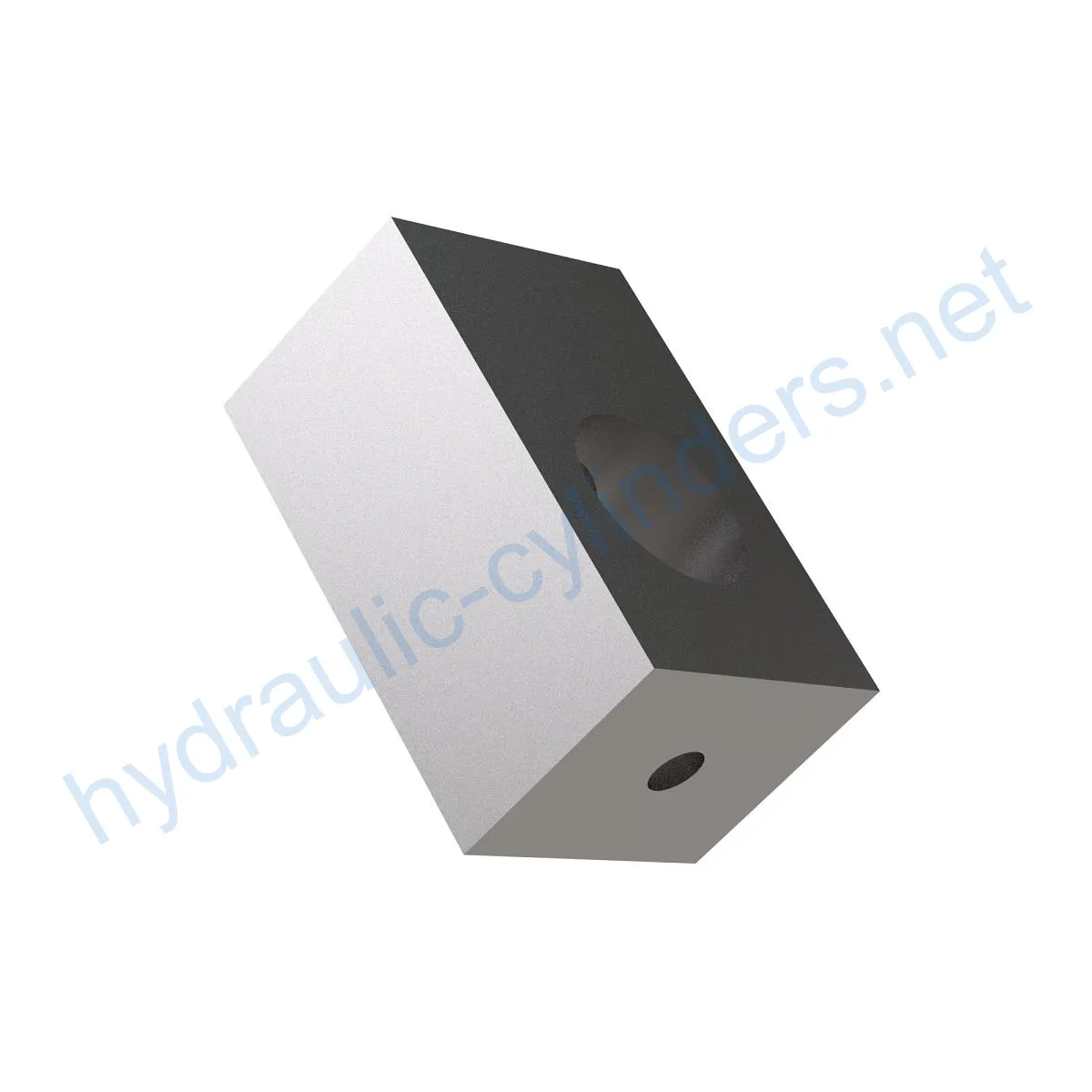Replacement Of E78974 Hydraulic Cylinder End
Hidrolik silindir üreticilerinden, tedarikçilerinden ve mekanik ürünlerin ihracatçılarından biri olarak, hidrolik silindirler ve diğer birçok ürünü sunuyoruz.
Ayrıntılar için lütfen bizimle iletişime geçin.
Posta:sales@hydraulic-cylinders.net
Hidrolik silindir üreticisi tedarikçisi ihracatçısı.
Replacement Of E78974 Hydraulic Cylinder End
This hydraulic cylinder end is a replacement part designed for various models including 335, 375, 385, 435, 440E, 446, 447, 448, 449, 450E, 450M, 451M, 451R, 456, 457, 458, 459, 460M, 460R, 461M, 461R, 466, 467, 468, 469, 535, 545, 546, 547, 550, 550M, 551M, 556, 557, 558, 559, 560M, 560R, 561M, 561R, 565, 566, 567, 568, 569, 570, 572, 575, 578, 580, and 582.
Product Overview
The Replacement Of E78974 Hydraulic Cylinder End is a vital component in hydraulic systems. It serves the purpose of connecting the hydraulic cylinder to other parts of the equipment, enabling smooth and efficient operation. With a weight of 0.51 lb, height of 1 in, width of 1.25 in, length of 2 in, and screw size of 0.625 in, this hydraulic cylinder end is designed to meet the specifications required for optimal performance.
Product Features
- Improved Equipment Performance: Replacing damaged or worn hydraulic cylinders can restore the normal operation capability of equipment, ensuring its performance in various applications.
- Enhanced Safety: Regularly replacing hydraulic cylinders can reduce safety hazards caused by cylinder failures, ensuring the safety of operators and equipment.
- Overload Protection: New cylinder designs often incorporate better overload protection mechanisms, enhancing safety.
- Quick Installation: Modern hydraulic cylinders are designed for easy installation and replacement, minimizing downtime.
- Standardized Components: Many hydraulic cylinders are standardized products, making it easier to obtain replacement parts in the market.
We offer the perfect replacement for these hydraulic cylinders, ensuring compatibility and reliable performance.
Applications
- Excavators: Hydraulic cylinders in excavator arms or buckets may become damaged due to prolonged use or overload, requiring replacement to restore proper operation.
- Cranes: Hydraulic cylinders in crane boom lifts are prone to wear during frequent lifting and lowering processes, necessitating regular replacement for safety reasons.
- Tractors: Hydraulic cylinders in front-end loaders of tractors can experience leaks or performance degradation due to constant lifting and tilting operations, requiring replacement.
- Harvesters: Hydraulic systems in harvesters endure high pressures, and cylinders may suffer fatigue damage, requiring timely replacement to maintain work efficiency.
- Automation Production Lines: Hydraulic cylinders are used to control robotic arms and other automated equipment. Cylinder failures can significantly impact production efficiency, necessitating immediate replacement.
- Die-Casting Machines: Hydraulic cylinders in die-casting machines may experience performance degradation in high-pressure and high-temperature environments. Regular replacement ensures product quality.
- Mining Equipment: Hydraulic cylinders in mining equipment are used for lifting and moving heavy loads. Due to harsh working conditions, regular inspection and replacement are necessary to avoid equipment failure.
- Bulldozers: Hydraulic cylinders in bulldozer blades can experience wear, leading to a decrease in pushing capacity. Timely replacement is essential to maintain operational efficiency.
Maintenance Tasks
Regular maintenance tasks for the Replacement Of E78974 Hydraulic Cylinder End include:
- Periodic inspections to identify any signs of wear or damage.
- Appropriate lubrication to ensure smooth operation and prevent excessive wear.
- Seal replacement when necessary to maintain proper sealing performance.
- Calibration checks to ensure the hydraulic cylinder operates within specified parameters.
During installation, it is important to provide proper guidance for aligning the cylinder and recommend the use of suitable mounting brackets to secure the cylinder. We also offer inspection, repair, and replacement procedures, as well as parts replacement and rebuilding services to extend the lifespan of the hydraulic cylinder.
Safety Considerations and Environmental Factors
Safety measures are crucial when working with hydraulic cylinders. Proper use of safety equipment and adherence to safety guidelines are essential to prevent accidents and injuries. Additionally, considering environmental factors when using hydraulic cylinders can help minimize the impact on the environment and promote sustainability.
Fault Diagnosis and Common Issues
Fault diagnosis and troubleshooting for the Replacement Of E78974 Hydraulic Cylinder End may involve the following common issues:
- Leakage of hydraulic fluid.
- Decreased performance or failure to extend/retract.
- Excessive noise or vibration during operation.
- Inconsistent movement or sticking/jerking motion.
- Loss of pressure or inability to hold pressure.
To address these issues, consider the following tips and solutions:
- Check for loose or damaged fittings and tighten or replace them as necessary.
- Inspect the hydraulic seals and replace them if worn or damaged.
- Check for any obstructions or blockages in the hydraulic lines and clear them if necessary.
- Ensure proper lubrication of moving parts and apply lubricant as recommended.
- Verify that the hydraulic system is operating within the specified pressure range, and adjust if necessary.
By following these troubleshooting steps and implementing preventive measures, potential issues can be minimized, and the hydraulic cylinder’s performance can be optimized.

Design Considerations and Selection Criteria
When designing and selecting hydraulic cylinders, several factors should be taken into account:
- Bearing Capacity: The hydraulic cylinder should be able to withstand the required loads without failure.
- Sealing Capability: Proper seals and sealing materials should be chosen to ensure effective sealing performance.
- Durability: The hydraulic cylinder should be constructed from durable materials to withstand the demands of its application.
- Safety: Safety features should be incorporated into the design to prevent accidents and ensure operator protection.
- Maintainability: Consideration should be given to ease of maintenance and repair, allowing for efficient servicing of the hydraulic cylinder.
Our hydraulic cylinders utilize
Take a Tour of Our VR Factory:
Take a tour of our VR factory with the following
Hydraulic Cylinder Application:


